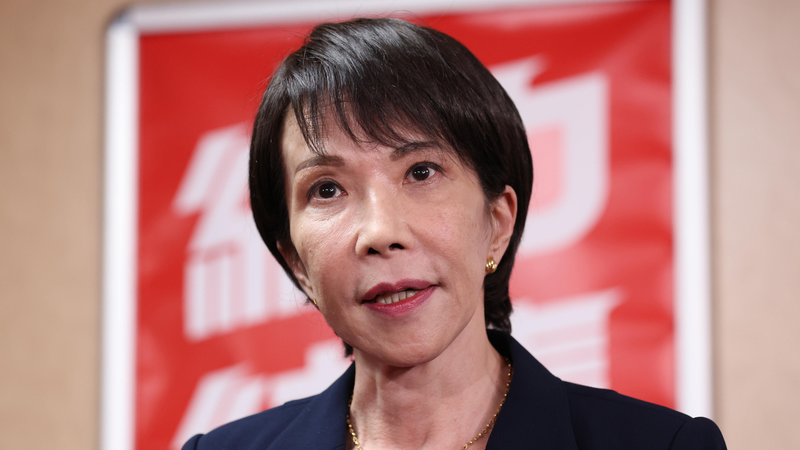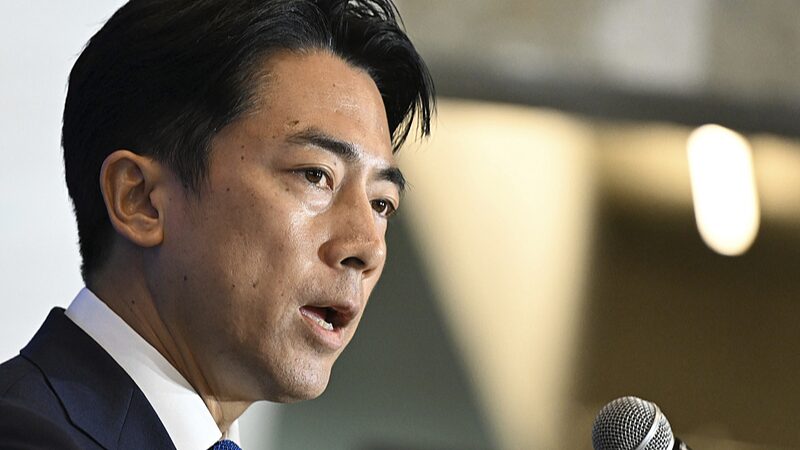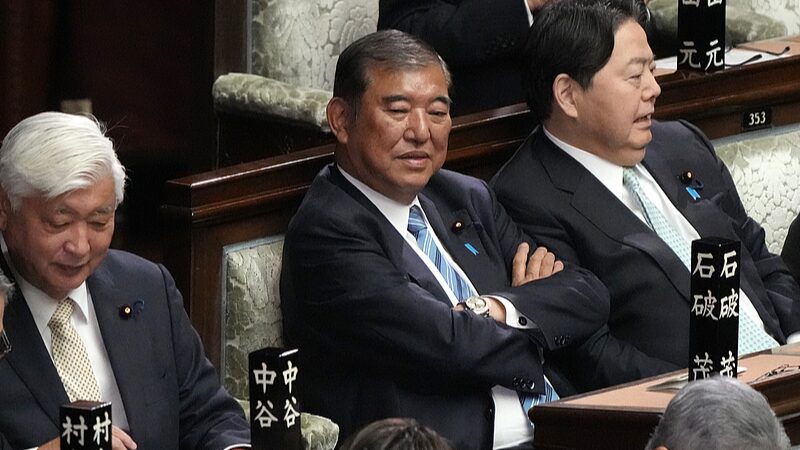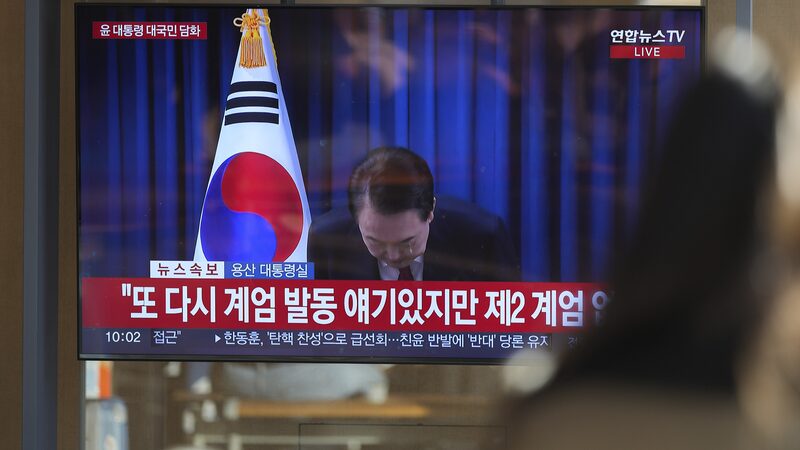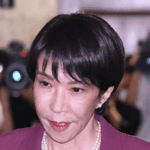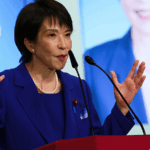Japan's political landscape faces upheaval as opposition parties rally to prevent conservative leader Sanae Takaichi from becoming prime minister following the collapse of the ruling coalition. The Liberal Democratic Party (LDP) lost its junior partner Komeito after 26 years of alliance, throwing Takaichi's parliamentary confirmation into doubt.
Coalition Collapse Reshapes Power Dynamics
Komeito's Friday exit from the coalition – which governed Japan for nearly 25 years – came amid disputes over political funding reforms. The rupture follows an LDP scandal involving millions in questionable payments tied to fundraising events. Analysts suggest Takaichi worsened tensions by appointing scandal-linked Koichi Hagiuda to a key party position.
Opposition Seizes Historic Opportunity
Constitutional Democratic Party leader Yoshihiko Noda called this a "once-in-a-decade chance for change," urging rival groups to back Democratic Party for the People head Yuichiro Tamaki as a unified candidate. However, policy differences between opposition factions could complicate cooperation.
Parliamentary Math Poses Challenges
With the LDP holding 196 Lower House seats against opposition parties' combined 199, Takaichi needs 233 votes for confirmation. Komeito's 24 seats now hang in balance, while growing support for smaller parties like anti-immigration Sanseito further fragments the political field. University of Tsukuba professor Hidehiro Yamamoto noted: "Komeito's integrity-focused supporters couldn't stomach the LDP's ethical lapses."
Election Implications Loom
Analysts estimate 20% of LDP lawmakers risk losing seats without Komeito's grassroots support network from Buddhist group Soka Gakkai. As Japan enters uncharted political waters, all eyes remain on whether opposition parties can overcome ideological divides to present a viable alternative government.
Reference(s):
Japan main opposition eyes unified PM candidate to block Takaichi
cgtn.com
